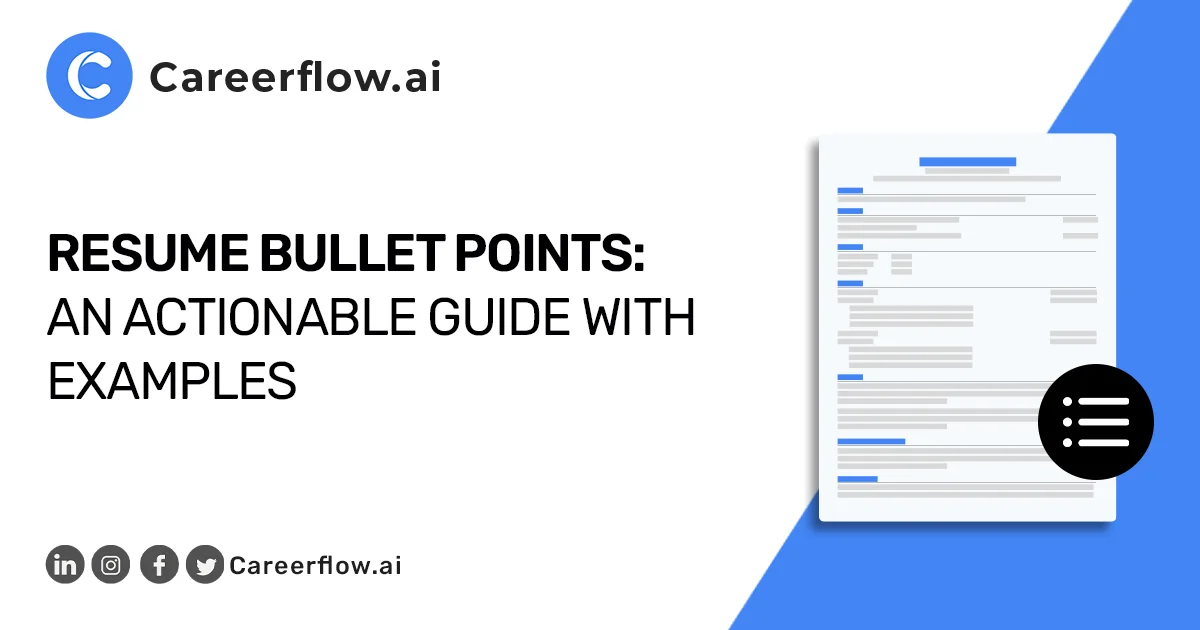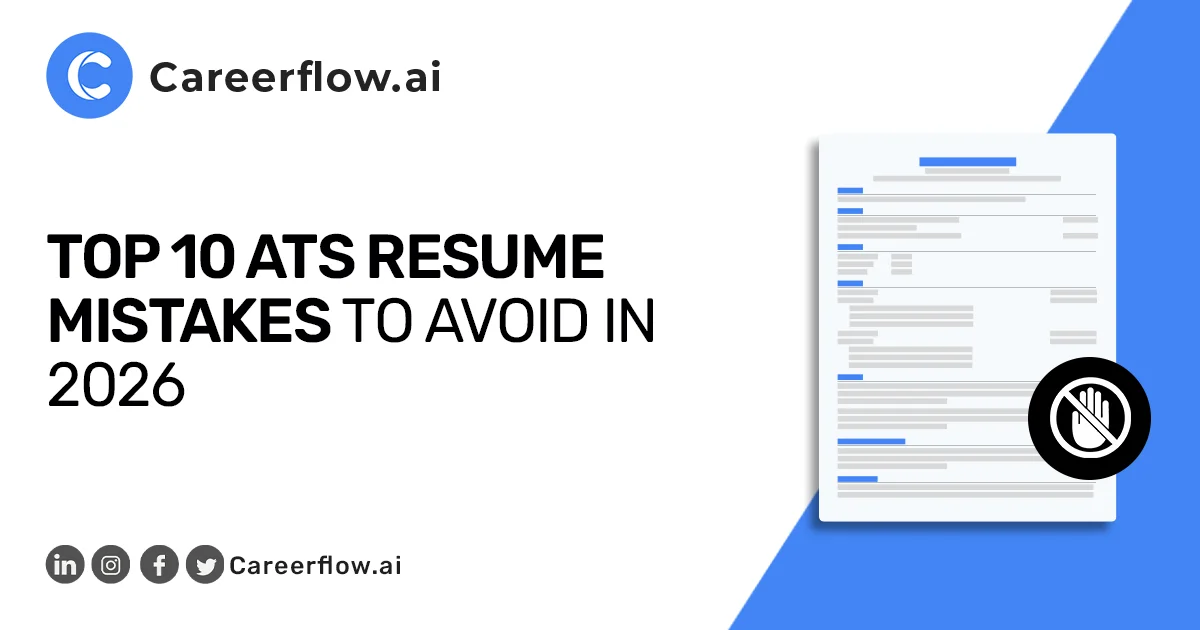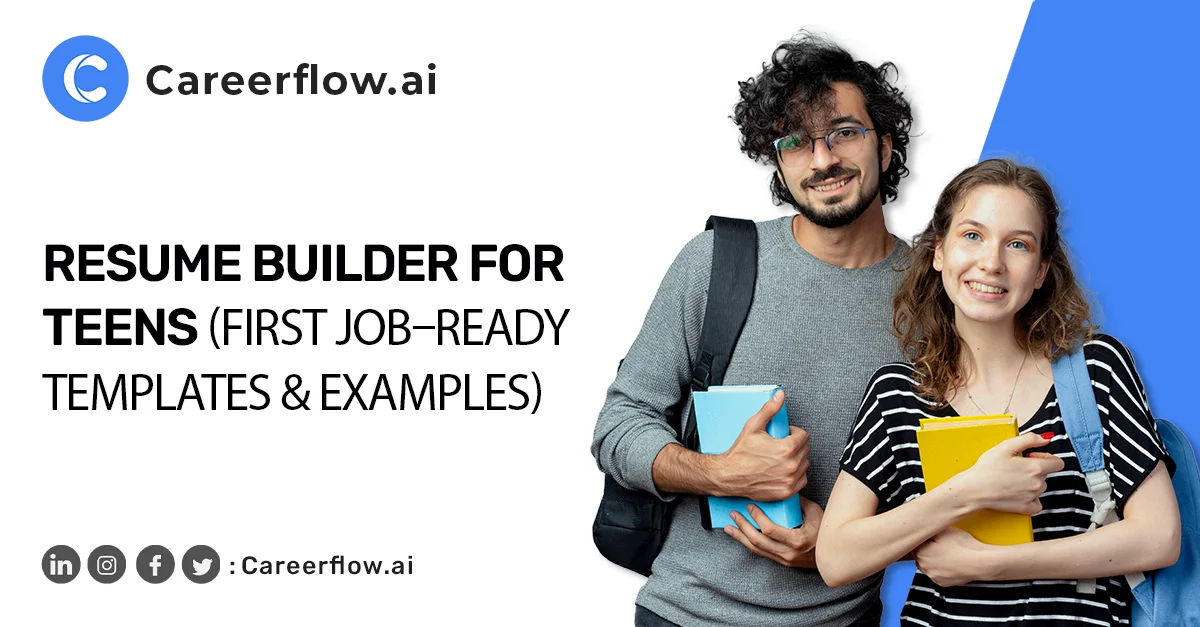For engineering students, a resume isn't just a list of jobs—it's a showcase of projects, skills, and hands-on experience. But translating complex coursework and lab work into recruiter-friendly bullet points can feel like an impossible puzzle. Many of the resume builders out there are designed for traditional careers and don't help you highlight what truly matters in a technical field.
That's where our Resume Builder comes in. Our tool is specifically crafted for engineering students, offering ATS-friendly templates and prompts that help you transform your technical expertise, coursework, and projects into a professional resume that gets noticed for internships, co-ops, research roles, and graduate positions.
Stop struggling to fit your unique experience into a generic template and start building a resume that speaks the language of engineering.
Who This Guide Helps
This guide is for engineering students at every stage—targeting internships, co‑ops, or research assistantships; applying to graduate programs or engineering competitions; and soon‑to‑be graduates preparing for their first full‑time, entry‑level roles.
Why Engineering Students Should Be Using a Resume Builder
Traditional resumes often fail to capture the unique essence of an engineering background, where skills are built in labs, not just in offices. The challenges are real: organizing complex technical projects, translating specialized details for non-specialist recruiters, and condensing years of work into a single, professional page.
Careerflow's Resume Builder is engineered to solve these exact problems. With technical-focused templates and targeted prompts, it guides you to transform your academic and hands-on experience into a powerful, ATS-friendly document that highlights your most valuable assets.
It's the difference between a generic resume and one that proves you're ready to build, create, and innovate.
How Careerflow’s Resume Builder Works for Engineering Students
Careerflow’s Resume Builder goes beyond a basic word processor, offering a dynamic platform built to showcase a technical skill set. Here is a step-by-step breakdown of how it works:
Start with the Right Foundation: Choose from a curated selection of engineering-friendly templates that prioritize skills, projects, and certifications—the key elements recruiters look for in technical candidates.
Guided Content Creation: Our builder provides pre-defined sections for everything a top-tier engineering resume needs, including:
- Education
- Technical Skills
- Projects
- Internships & Co-ops
- Relevant Part-Time Work
- Certifications & Awards
Translate Your Expertise: Say goodbye to vague descriptions. Our AI bullets and targeted prompts are specifically designed to help you transform complex coursework, lab work, and hands-on projects into clear, impactful, and recruiter-friendly statements.
Flexible & Adaptable: Easily reorder sections to strategically highlight the most relevant experience for each specific role, whether it's an internship, research position, or full-time job.
Instant, ATS-Friendly Export: Once you're done, you can export a professional, ATS-friendly PDF with a single click, ensuring your resume will be accurately read and parsed by applicant tracking systems.
What to Include on an Engineering Student Resume
To create a resume that truly stands out, focus on these key sections and the information that matters most to recruiters.
✅ Education: Go beyond the basics. Include your degree, university, and GPA (if strong). Don't forget to list relevant coursework or a specialization, which can show a deeper understanding of a specific area.
✅ Technical Skills: This is the most critical section for an engineering resume. Categorize your skills to make them easy to scan. List specific software, programming languages, industry tools, and lab equipment you're proficient in.
✅ Projects: These are your most powerful selling points. Whether from academics, personal pursuits, or competitions, a project section shows you can apply your knowledge. For each project, describe the objectives, the methods you used, and the quantifiable results.
✅ Internships & Part-Time Jobs: Even if a role wasn't explicitly titled "engineering," highlight any tasks or achievements that relate to the field. Focus on responsibilities that involve problem-solving, design, or technical implementation.
✅ Certifications & Awards: Showcase any specialized knowledge or recognition. This includes certifications (e.g., AutoCAD, SolidWorks, Six Sigma), scholarships, dean’s list, or placement in engineering competitions.
✅ Optional Sections: Depending on the role, consider adding sections for publications, links to an online portfolio or GitHub repository, or language proficiencies.
Sample Bullets (use Action Verb + What You Did + Result)
The best bullet points follow the Action Verb + What You Did + Result formula. This structure turns a simple task into a measurable accomplishment.
👉 Example 1: Designed and prototyped a solar water purification system for a class project, reducing contaminants by 95%.
👉 Example 2: Programmed a microcontroller to automate lab data collection, improving efficiency by 30%.
👉 Example 3: Led a 4-person team in developing a bridge design for a civil engineering competition, placing 2nd out of 20 teams.
Formatting best practices
A clean, professional design helps your resume make a great first impression.
Firstly, for engineering students, a one-page resume is more than enough to cover all relevant experience. Always use professional fonts in a readable size (10–11.5pt). Keep your section headers clear and easy to scan.
Moreover, maintain consistency in your spacing, bullet style, and formatting throughout the document. When exporting your resume, prefer to save it as a PDF to ensure the design is preserved on any device. And, name your file clearly (e.g., Firstname_Lastname_HighSchool_Resume_2025.pdf).
Lastly, ensure hyperlinks are clickable for any portfolio, project, or social media links you include.
Tailor for the Goal
The key to a successful engineering resume is not having a single static document, but rather tailoring it to the specific opportunity you're pursuing. What a recruiter for a research lab looks for is different from what a hiring manager for an entry-level software job wants to see.
For Internships & Co-ops: Your resume should be a demonstration of your potential. Prioritize technical skills, academic projects, and relevant coursework. This shows you have the foundational knowledge and hands-on experience to contribute immediately.
For Entry-Level Jobs: Here, recruiters want to see that you're ready to join a professional team. Emphasize industry-standard tools, teamwork, and a proven ability to solve real-world problems. Highlight your most significant projects and any professional achievements from internships.
For Graduate Programs: Your resume should serve as an academic portfolio. Showcase your research experience, academic performance (GPA), and deep technical expertise in your field of study.
Common Mistakes to Avoid
Even with the right content, a few simple errors can derail your application. Make sure to steer clear of these common pitfalls:
❌ Listing skills without context: Don't just list "Python" or "AutoCAD." Instead, show how and where you applied these skills in your projects or work experience.
❌ Overloading with jargon: While a technical resume should be specific, avoid using overly complex jargon that might confuse a non-technical recruiter or an Applicant Tracking System (ATS).
❌ Neglecting soft skills: Engineering is a collaborative field. Recruiters value skills like communication, teamwork, and problem-solving just as much as technical expertise. Weave these into your bullet points and project descriptions.


.webp)






